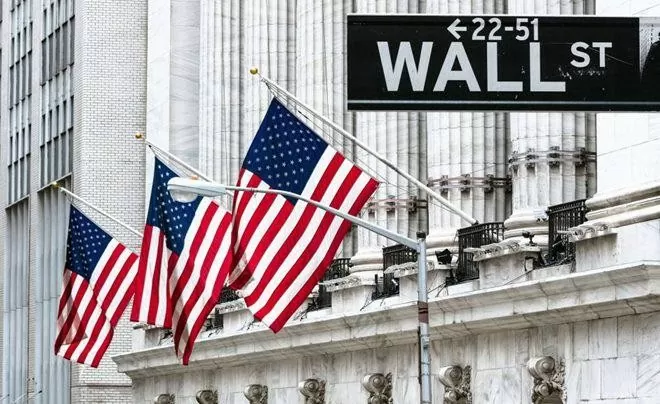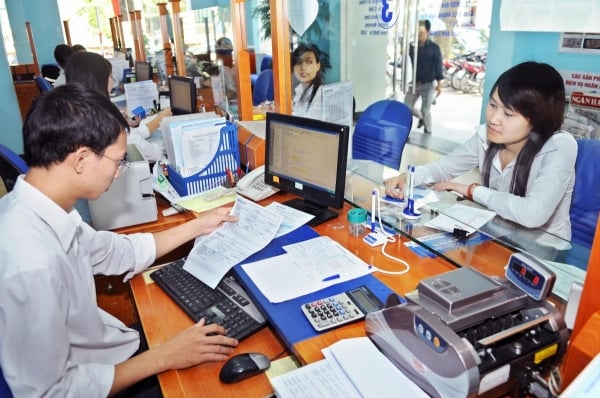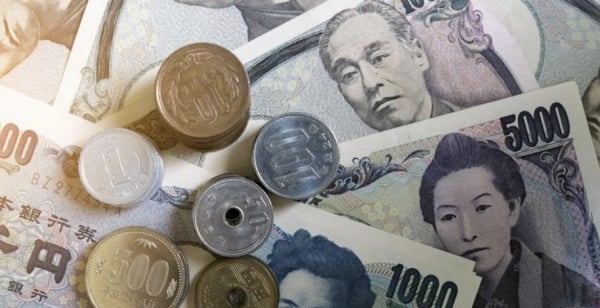Stock market volatility
Volatility in global markets is putting U.S. equity investors on edge next week, as a weaker dollar and a sell-off in U.S. government bonds add to recent negative volatility in the stock market.
 |
| Stock markets are volatile as investors try to price in economic risks. Illustration photo |
The S&P 500 index posted solid gains last week, but is still down about 13% from its all-time high set on February 19. Concerns about long-term economic damage remain.
Investors dumped US assets, sending the dollar tumbling against major currencies, while US government bond yields - which move inversely to bond prices - surged.
The stock market is “ very volatile ” as investors try to price in economic risks, according to Mark Luschini, chief strategist at Janney Montgomery Scott.
“ The market is trapped by the level of uncertainty that is lurking . As a result, investors are largely unwilling to make large bets in any direction ,” said Mark Luschini.
A volatile week for stocks was marked by a 9.5% gain in the S&P 500 on April 9 - its biggest one-day gain since October 2008, during the financial crisis.
The Cboe Volatility Index (VIX) — a gauge of investor anxiety based on the options market — is currently hovering around 40, more than twice its historical median.
Bond yields rise
Stock investors are closely watching developments in other asset classes, especially the U.S. dollar and bonds. The U.S. dollar index, which measures the greenback against a basket of major currencies, fell below 100 for the first time in nearly two years on April 11, while the yield on 10-year government bonds is headed for its biggest weekly gain in decades.
In previous risk-on markets, the dollar and bonds have often been considered “safe haven” assets, but that has not been the case this past week, as both have come under pressure as stocks have tumbled, according to Walter Todd, chief investment officer at Greenwood Capital in Greenwood, South Carolina.
The yield on the 10-year Treasury note topped 4.5% on April 11, a level that many investors see as potentially destabilizing for stocks, as higher interest rates make borrowing costs higher for businesses and consumers and make bonds more attractive relative to stocks.
“ Until the bond market stabilizes and returns to normal, risk assets will struggle, ” analysts at Barclays Bank said on April 11.
U.S. corporate earnings next week will be another test for markets, with big names like Goldman Sachs, Johnson & Johnson and Netflix scheduled to report results.
Bryant VanCronkhite, senior portfolio manager at Allspring Global Investments, said he would look for companies that demonstrate confidence and the ability to continue investing despite an uncertain business environment.
“ I look for companies that have the capacity and desire to invest throughout this cycle ,” said Bryant VanCronkhit.
U.S. retail sales data for March will provide a look at the health of the consumer. A survey on April 11 showed U.S. consumer confidence fell sharply in April, while 12-month inflation expectations rose to their highest level since 1981 amid concerns about escalating trade tensions. Markets will remain extremely sensitive to trade-related developments.
| The yield on the 10-year Treasury note topped 4.5% on April 11, a level that many investors see as potentially destabilizing for stocks, as higher interest rates make borrowing costs higher for businesses and consumers and make bonds more attractive relative to stocks. |
Source: https://congthuong.vn/pho-wall-tuan-toi-nha-dau-tu-lo-ngai-dieu-gi-382650.html




![[Photo] Overcoming all difficulties, speeding up construction progress of Hoa Binh Hydropower Plant Expansion Project](https://vstatic.vietnam.vn/vietnam/resource/IMAGE/2025/4/12/bff04b551e98484c84d74c8faa3526e0)
![[Photo] Closing of the 11th Conference of the 13th Central Committee of the Communist Party of Vietnam](https://vstatic.vietnam.vn/vietnam/resource/IMAGE/2025/4/12/114b57fe6e9b4814a5ddfacf6dfe5b7f)


















































































Comment (0)